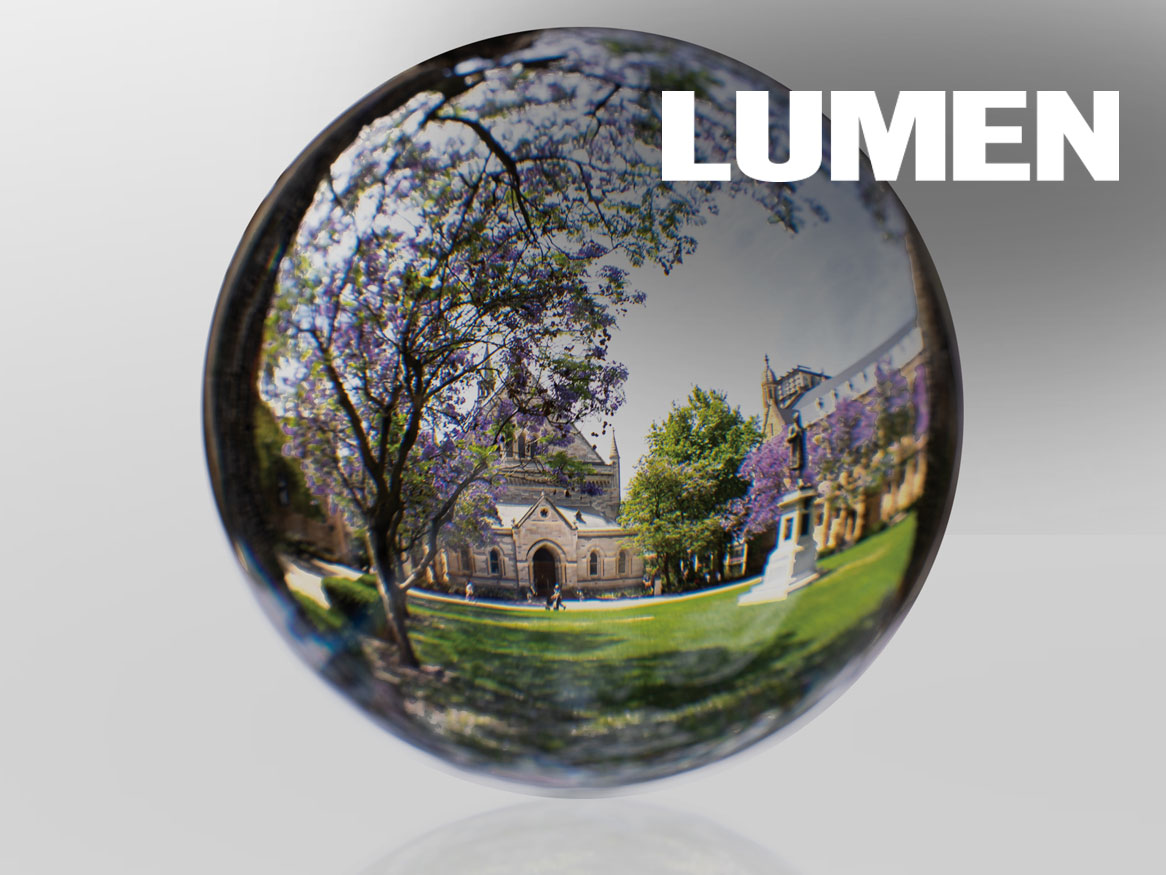Developing portable, highly sensitive gold detection
Wednesday, 29 April 2015
University of Adelaide researchers are developing a portable, highly sensitive method for gold detection that would allow mineral exploration companies to test for gold on-site at the drilling rig.
Using light in two different processes (fluorescence and absorption), the researchers from the University’s Institute for Photonics and Advanced Sensing (IPAS), have been able to detect gold nanoparticles at detection limits 100 times lower than achievable under current methods.
Australia is the world’s second largest gold producer, worth $13 billion in export earnings.
"Gold is not just used for jewellery, it is in high demand for electronics and medical applications around the world, but exploration for gold is extremely challenging with a desire to detect very low concentrations of gold in host rocks," says postdoctoral researcher Dr Agnieszka Zuber, working on the project with Associate Professor Heike Ebendorff-Heidepriem.
"The presence of gold deep underground is estimated by analysis of rock particles coming out of the drilling holes. But current portable methods for detection are not sensitive enough, and the more sensitive methods require some weeks before results are available.
"This easy-to-use sensor will allow fast detection right at the drill rig with the amount of gold determined within an hour, at much lower cost."
The researchers have been able to detect less than 100 parts per billion of gold in water. They are now testing using samples of real rock with initial promising results. The work is funded by the Deep Exploration Technologies Cooperative Research Centre.
The gold detection project is one of a series of projects which will be presented at the IPAS Minerals and Energy Sector Workshop today, aimed at linking resources specific research to local companies.
Industry representatives will also hear about the Photonics Catalyst Program, a joint State Government and IPAS initiative which supports connections between advanced photonics technologies and SA industry.
Manufacturing and Innovation Minister Kyam Maher says IPAS’s collaboration with partners is stimulating new technologies and contributing to the State’s reputation as a knowledge economy.
"The Photonics Catalyst Program helps South Australian businesses, including resources-related companies, identify the emerging laser and sensor technologies that could transform their products or business models," Mr Maher says.
"Technology plays a central role in the competitiveness of South Australian manufacturing, supporting innovation, driving product and service development and improving manufacturing performance. It will play a key role in driving change and will underpin the transformation of the South Australian economy."
Contact details
Email: agnieszka.zuber@adelaide.edu.au
Postdoctoral researcher
Institute for Photonics & Advanced Sensing
The University of Adelaide
Business: +61 8 8313 2325
Mobile: +61 (0)410 101 787
Professor Heike Ebendorff-Heidepriem
Email: heike.ebendorff@adelaide.edu.au
Senior Research Fellow
Institute for Photonics & Advanced Sensing
The University of Adelaide
Business: +61 8 8313 1136
Mobile: +61 439 336 214
Mr David Ellis
Email: david.ellis@adelaide.edu.au
Website: https://www.adelaide.edu.au/newsroom/
Deputy Director, Media and Corporate Relations
External Relations
The University of Adelaide
Business: +61 8 8313 5414
Mobile: +61 (0)421 612 762







